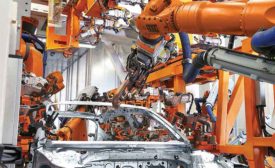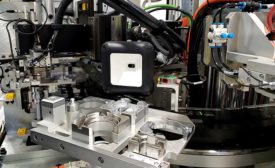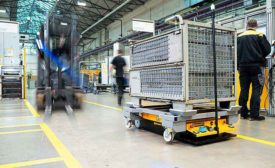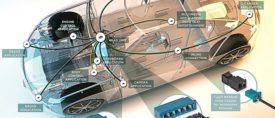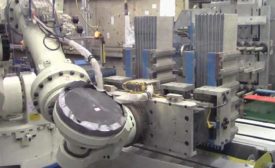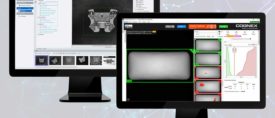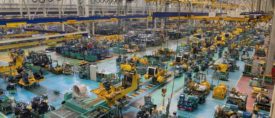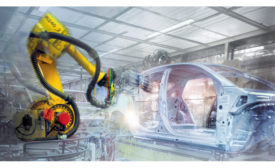Home » factory automation
Articles Tagged with ''factory automation''
Processing Automotive Ethernet Cables
Ethernet cables provide high-speed data transmission for infotainment and driver assistance applications, but they require automated equipment for stripping and crimping.
January 14, 2022
New Tech for Machine Vision
A host of new products offer higher resolutions, faster speeds and more user-friendly programming.
January 10, 2022
Handheld Dispensing Do’s and Don’ts
For optimal manual dispensing, it's important to match the settings and equipment to the application.
January 7, 2022
Machinery Makers Invest in Automation
Industry 4.0 technology and robotics enable manufacturers to improve output, quality and safety.
January 4, 2022
Sponsored Content
Five Ways to Improve Operational Excellence in Robotic Welding Automation
December 20, 2021
Never miss the latest news and trends driving the manufacturing industry
Stay in the know on the latest assembly trends.
JOIN TODAY!Copyright ©2024. All Rights Reserved BNP Media.
Design, CMS, Hosting & Web Development :: ePublishing
